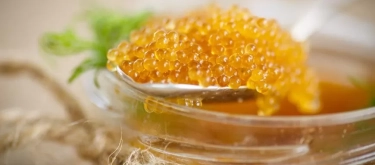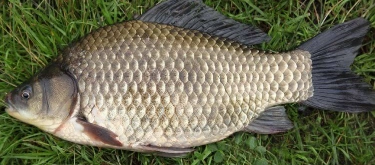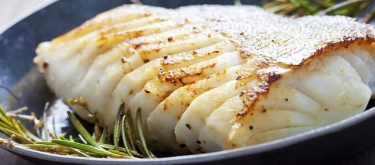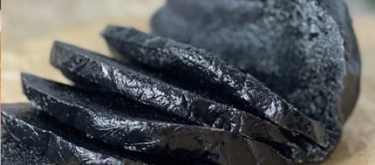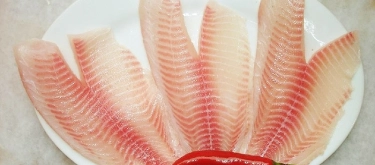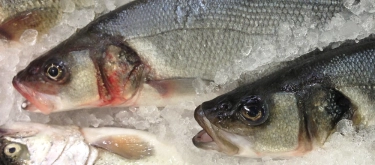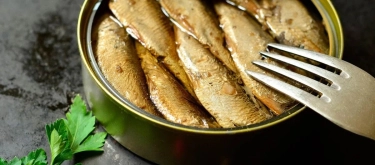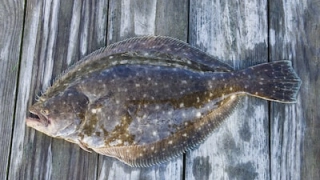Pike: Taste Profile, Aroma, Benefits and Health Risks
Pike (Esox lucius) is a widely recognized freshwater fish prized for its distinctive taste, firm texture, and culinary versatility. Popular in European, Scandinavian, and Eastern European cuisines, pike is traditionally featured in dishes such as fish cakes, fillets, soups, and stews. Despite challenges posed by its numerous bones, skilled preparation techniques reveal its exceptional culinary potential, making it a cherished delicacy in many cultures.
Pike is freshwater fish and unsuitable for vegetarians, vegans, or those with fish allergies. Naturally gluten-free, it should be carefully prepared or purchased without gluten-based seasonings or coatings. Pike from polluted waters may accumulate contaminants; thus, sourcing from clean environments is advised.
What does Pike taste like?
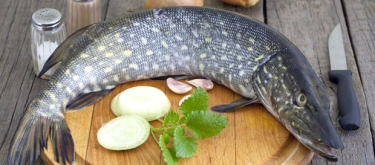
Complete Sensory Description
Taste
Pike has a mild yet distinctly savory flavor, characterized by subtle sweetness combined with delicate freshwater notes. Unlike many freshwater fish, pike exhibits minimal earthiness or "muddy" tastes when sourced from clear waters. Its flavor profile is clean and refined, marked by subtle vegetal undertones reminiscent of freshwater vegetation and aquatic plants, balanced by gentle mineral hints. Some mature pike specimens can develop slightly stronger, game-like nuances, adding depth without being overpowering.
Aroma
Fresh pike possesses a neutral, mildly earthy freshwater aroma, indicating freshness without noticeable fishiness. Upon cooking, particularly when pan-fried or grilled, it develops pleasing, appetizing aromas with hints of caramelization, buttery richness, and gentle vegetal fragrances reflecting its freshwater origins.
Texture
The flesh of pike is notably firm, dense, and lean, composed of tight muscle fibers. It flakes beautifully upon cooking, offering a satisfying bite. However, pike is known for numerous small, fine bones throughout its flesh, demanding skillful filleting and cooking methods for an enjoyable dining experience.
Appearance
Fresh pike typically features pale white to ivory-colored flesh beneath distinctive olive-green, mottled skin. When cooked, the flesh becomes opaque white, maintaining its firmness and visually appealing structure. Pan-fried or roasted pike exhibits golden-brown exteriors contrasting attractively with its firm, white interior.
In-depth Flavor Analysis
The flavor profile of pike is shaped significantly by environmental factors such as water quality, diet, and age of the fish. Pike’s mild sweetness originates primarily from free amino acids, particularly glycine, alanine, and glutamic acid. Glycine and alanine impart delicate sweetness, while glutamic acid introduces savory (umami) undertones.
Environmental purity heavily influences taste; fish caught in clear, cold waters have cleaner, fresher flavors due to fewer absorbed organic compounds and contaminants. Conversely, pike from murkier or stagnant waters may exhibit earthier notes due to geosmin—a naturally occurring compound produced by aquatic microbes, responsible for muddy or earthy flavors in freshwater fish.
The presence of beneficial polyunsaturated fats (omega-3 fatty acids) in pike’s lean flesh is relatively modest but sufficient to contribute subtle buttery notes, especially when prepared with fat-enhancing cooking methods (e.g., pan-frying with butter).
Cooking methods strongly impact flavor evolution: pan-frying or grilling intensifies savory character through Maillard reactions, yielding slight nuttiness, caramelization, and enhanced depth. Gentle poaching or steaming preserves subtle sweetness, freshness, and natural vegetal nuances.
Varieties and Culinary Applications
Northern Pike (Common Pike)
- Most widespread variety, characterized by firm texture and mild flavor.
- Ideal for frying, grilling, baking, or stewing; often prepared as fillets, fish cakes, or traditional European dishes.
Culinary Techniques
-
Fried Pike Fillets:
Popularly pan-fried with butter, herbs, lemon, and garlic, providing rich, flavorful, and crispy outcomes. -
Pike Fish Cakes:
Finely ground pike meat blended with breadcrumbs, herbs, eggs, and seasonings; a traditional preparation in Scandinavian and Eastern European cuisines. -
Pike Soup (Fish Soups and Stews):
Traditionally included in Russian "ukha," Scandinavian soups, and Central European fish broths, enhancing depth, flavor complexity, and nutrition. -
Baked or Roasted Pike:
Whole or filleted, seasoned with lemon, herbs, garlic, or vegetables, producing flavorful and hearty dishes.
Selection and Storage
Selecting Quality Pike
- Choose fresh pike with firm, moist flesh, clear bright eyes, and mild freshwater aroma.
- Avoid specimens with dull eyes, slimy textures, dryness, discoloration, or strong unpleasant odors.
Storage Recommendations
- Refrigerate fresh pike immediately at temperatures below 4°C (39°F), consuming ideally within 1–2 days.
- Freeze pike tightly wrapped or vacuum-sealed, consuming within 3 months for optimal freshness.
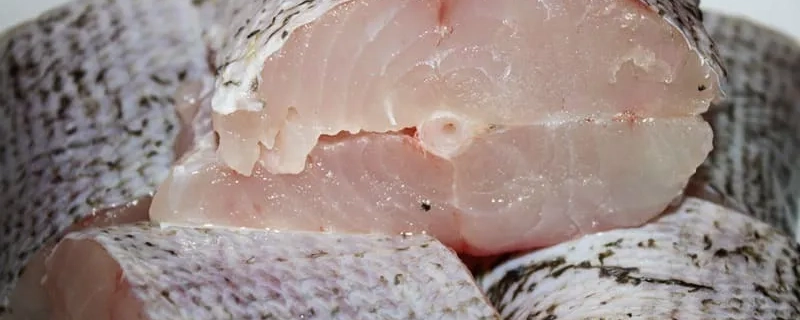
Nutritional Insights
-
High-Quality Protein:
Provides excellent protein essential for muscle development, tissue repair, and overall health. -
Low in Fat and Calories:
Lean, low-fat, low-calorie fish suitable for healthy diets and weight management. -
Omega-3 Fatty Acids:
Contains modest amounts of omega-3 fatty acids, supporting heart and brain health and providing anti-inflammatory benefits. -
Vitamins and Minerals:
Rich in vitamin B12, vitamin B6, selenium, phosphorus, potassium, and magnesium, essential nutrients for metabolic processes, bone health, immune support, and neurological functions.
Expert Insights & Culinary Tips
-
Bone Management:
Culinary professionals recommend skilled filleting, prolonged cooking (soup/stews), or finely grinding pike meat to manage numerous bones effectively. -
Flavor Pairings:
Pike pairs exceptionally well with butter, garlic, lemon, dill, parsley, onions, white wine, mushrooms, and root vegetables, enhancing natural flavors without overpowering them. -
Avoiding Overcooking:
Due to low fat content, careful timing is crucial; cook until flesh gently flakes to maintain tenderness and moisture.
Interesting and Curious Facts
- Pike fishing and preparation have a rich cultural heritage, notably in Northern and Eastern European culinary traditions, symbolizing festive occasions and home-cooked meals.
- Due to numerous bones, pike preparation has historically showcased culinary skill, often considered a measure of a cook’s expertise.
- Pike dishes, such as Russian "ukha," hold cultural significance, frequently enjoyed during outdoor gatherings or traditional celebrations.
Harm and Dietary Considerations
-
Bone Hazard:
Pike’s numerous fine bones present choking risks; careful filleting and consumption are essential. -
Environmental Contaminants:
Pike from contaminated waters may contain heavy metals or pollutants; sourcing from clean environments is crucial. -
Allergy Considerations:
Individuals allergic to fish proteins must avoid pike entirely.
Religious Dietary Considerations
Pike is broadly permissible across major religions:
- Islam: Pike is halal, suitable for consumption among Muslim populations.
- Judaism: Pike is kosher, meeting Jewish dietary laws.
- Hinduism: Generally permissible, as fish consumption commonly aligns with dietary practices.
- Christianity and other religions: No known religious restrictions exist, making pike widely acceptable in diverse cultural and religious contexts.
Final Thoughts & Sensory Journey
Pike is a unique freshwater delicacy valued for its mild yet distinctive taste, firm texture, and culinary versatility. While preparation requires skill to manage its bones, the flavorful reward justifies the effort. Its clean freshwater notes, combined with subtle sweetness and rich nutritional profile, ensure its continued appreciation in traditional and contemporary culinary practices worldwide.
Resources
- McGee, H. (2004). On Food and Cooking: The Science and Lore of the Kitchen. Scribner.
- USDA FoodData Central (2023). Freshwater Fish Nutritional Data and Cooking Recommendations.
- Food and Agriculture Organization (FAO). (2021). Freshwater Fish: Nutritional Benefits, Culinary Traditions, and Safety Guidelines.
